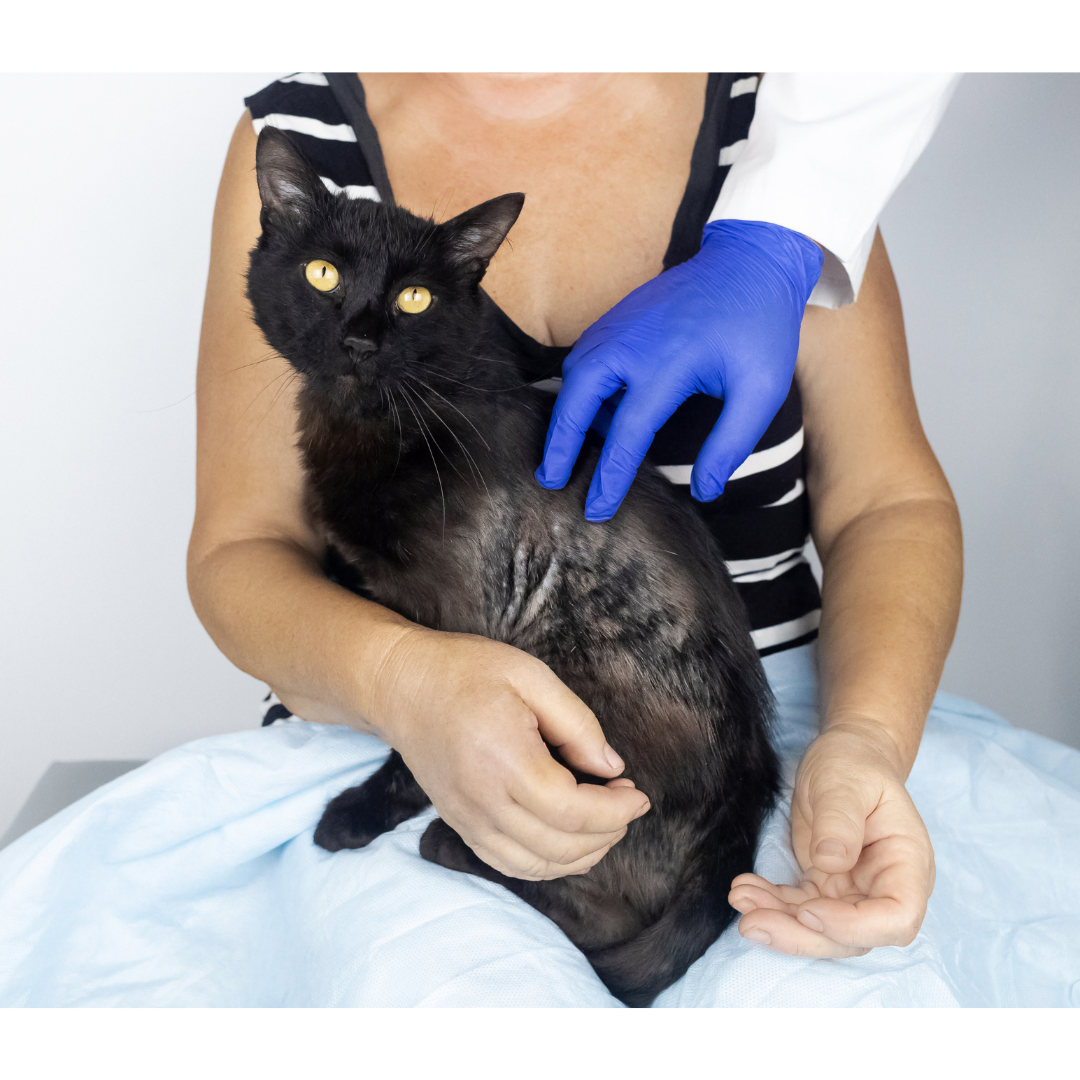
Feline Otitis Externa: A Comprehensive Overview
Otitis Externa is a common condition in cats, affecting the external ear canal.
It is characterized by inflammation and can cause significant discomfort for our feline friends1.
Symptoms
Cats with Otitis Externa often exhibit several symptoms123:
- Head shaking: Cats may shake their heads frequently, trying to alleviate the discomfort.
- Odor: A noticeable smell may emanate from the affected ear.
- Redness and swelling: The skin of the ear canal and the ear flap (pinna) may become red and swollen.
- Scratching: Cats may scratch their ears excessively due to itchiness.
- Discharge: Increased discharge from the ear is common, which can be black, brown, or yellow.
- Scaly skin: The skin around the ear may become scaly.
- Pain: The ear canal may be painful, especially when touched or manipulated.
Causes
Otitis Externa in cats can be caused by several factors145:
- Parasites: Ear mites are a common cause, especially in kittens and outdoor cats.
- Foreign objects: Any foreign material in the ear can lead to inflammation.
- Allergies: Allergic reactions can cause inflammation in the ear canal.
- Bacterial or yeast infections: These can worsen and perpetuate the condition.
- Abnormal ear anatomy, immune-mediated conditions, or tumors: These can also lead to Otitis Externa.
Effects
If left untreated, Otitis Externa can lead to serious complications67:
- Progressive tissue damage: The constant inflammation can lead to damage in the tissues of the ear.
- Permanent deafness: In severe cases, the cat may lose its hearing permanently.
- Behavioral changes: Cats may show signs of depression or irritability due to the constant discomfort.
Treatments
Treatment for Otitis Externa involves addressing the underlying cause and managing the symptoms189:
- Medication: Most topical ear medications contain a combination of antibiotics, antifungal drugs, and glucocorticoids to reduce inflammation.
- Ear cleaning: Thorough cleaning of the ear canal is necessary to remove excessive ear wax and other debris.
- Addressing the underlying cause: Whether it’s parasites, allergies, or infections, the underlying cause must be identified and treated to prevent recurrence.
- Pain management: Any pain should also be managed to provide relief to the cat.
Conclusion
In conclusion, Otitis Externa is a treatable condition in cats.
However, early detection and treatment are crucial to prevent any long-term effects.
If you notice any symptoms of Otitis Externa in your cat, it is recommended to consult a veterinarian immediately.
Love you feline companion more and show affection creatively.
Visit our shop for our awesome pet inspired graphic t-shirt collection wear it proudly and let the world know just how much your furry friend means to you.
Disclaimer: This article is intended for informational purposes only. It is not meant to substitute for medical advice or diagnosis provided by your veterinarian. If your cat shows symptoms, please consult your veterinarian immediately.



Leave a comment
This site is protected by hCaptcha and the hCaptcha Privacy Policy and Terms of Service apply.